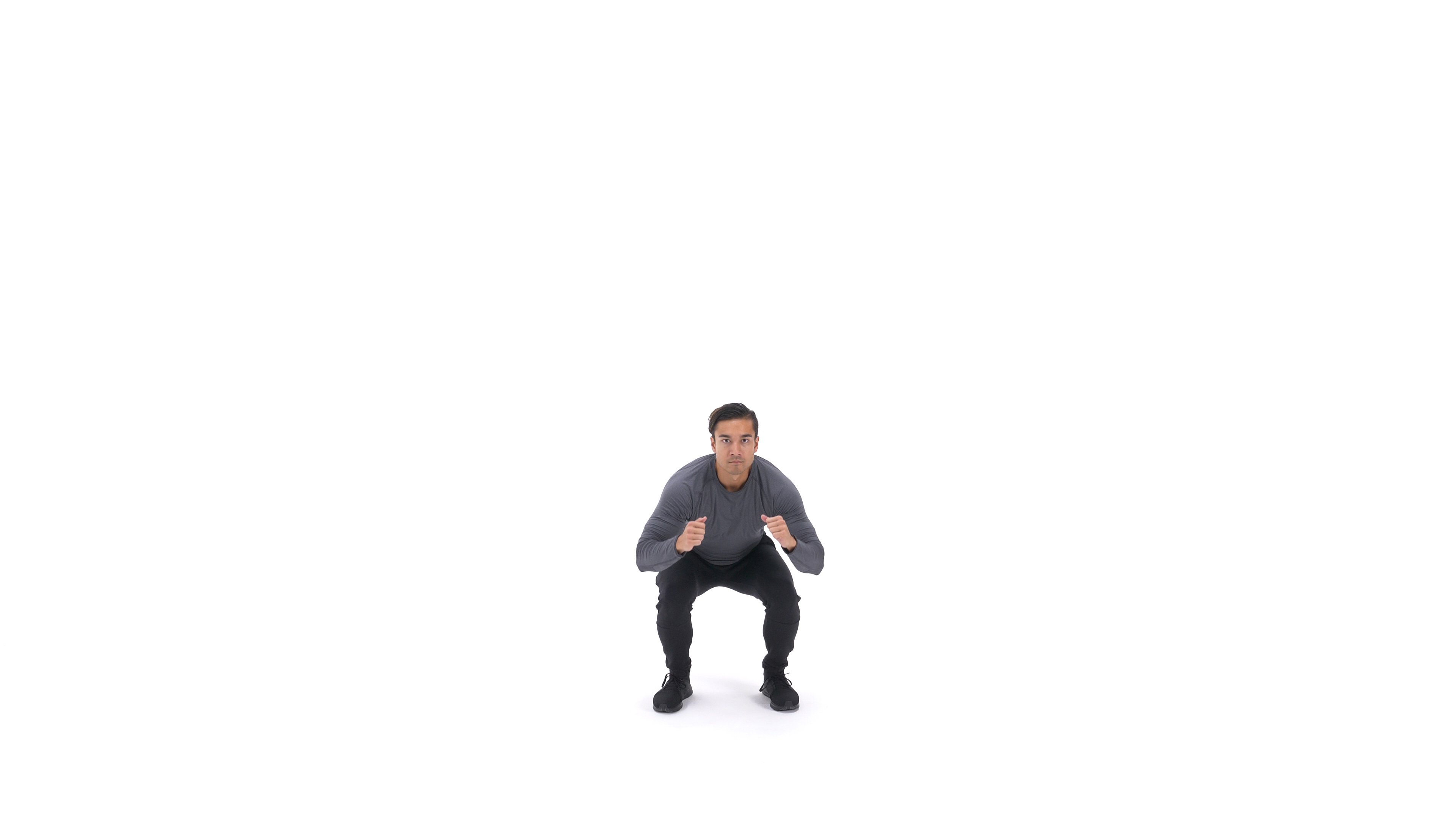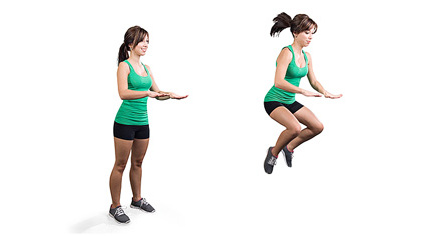

Next, sit the hips down towards the floor and keep your chest lifted.

Pull the belly button in towards the spine to engage the Abdominals and support the Lumbar Spine. Either hold a barbell along the top of the shoulders blades or hold a dumbbell with both hands in a vertical position against the chest in a ‘Goblet’ position.

Stand with the feet shoulder-width apart and the hips vertically aligned over the ankles. The following Activation Exercises will help strengthen the Gluteus Medius and restore the biomechanics of the ankle, knee and hip.Īctivating the hip muscles will protect the biomechanics of the knees and ankles as well as help prevent possible non-contact ACL injuries. The collapsing of the ankle usually correlates to a lack of lateral stability of the hip due to an under-active Gluteus Medius. They have developed a “collapsing” of the ankle or excessive pronation of the foot, which is a precursor to ACL injuries because of the added torque that is absorbed by the knee. Many people have developed compensation strategies in movement that threaten their ACL when they run, jump or squat. Start today and you will be more experienced tomorrow. Therefore, it is best to measure your success with these activation exercises in a combination of ‘feeling’ and ‘observing.’Īccuracy in ‘feeling’ and ‘observing’ movement will grow with experience. Note: ‘feeling’ is rather subjective and we do not always ‘correctly’ feel the sensations in our bodies in regards to movement with a certain degree of accuracy. You just need an eye that is experienced in observing movement. Your alignment will reveal which muscle groups are responsible for producing the movement. This is rather straightforward and simple: ask yourself if you can feel the muscles working.Įither have an experienced partner or coach to evaluate your movement in regards to alignment and form. There are two ways that you can assess whether or not you have successful activated the targeted muscle groups: feeling and observation. Otherwise, all your effort may be for nothing. If you are going to practice Activation Exercises, it will be helpful to have a way to gauge success. The following Hip Activation Exercises will target the Gluteus Complex (Gluteus Maximus, Medius and Minimus) as well as the Piriformis, Hip Flexors, Adductors and Abductors. Since the hip is a multi-directional joint, there are many different muscle groups to activate and strengthen. When the body can use proper biomechanics, it will move more efficiency and be able to maximize output with minimal effort, which provides an athlete will more opportunities for success.Īctivation Exercises help restore biomechanics and optimize movement by strengthening neuromuscular connections. Weak neuromuscular connections created from habitual sitting will alter the way that an athlete walks, runs, jumps, squats and more.Īctivation Exercises are designed to strength the neuromuscular connections to specific muscle groups in order to restore biomechanics and optimize movement strategies. The end result is that they body begin to alter its biomechanics and create different strategies of compensation in their movement patterns. These inhibited neuromuscular connections will make it harder for the hips muscles, including the Gluteus Complex, to be active and maintain their strength or endurance. The neuromuscular connection to these muscles will become ‘inhibited’ or turned off (for a lack of better words). In other words, the longer that a person will sit, the more that their hip muscles will not be able to work when needed. Habitual sitting will reduce the efficiency of the neuromuscular connections that will ignite the hips musculature, which creates compensation in movement. The act of ‘sitting’ will lead to many different compensation strategies as the musculature of the hips learns to ‘turn off’ over time and will not ‘turn back on’ when needed to walk, run or jump. The Hips are biomechanically essential to all locomotion or traveling movement.Īll too often, our modern lifestyle leads to dysfunctions in movement. Therefore, where the hips go, the rest of the body will follow. The hips are the body’s center of gravity and the foundation for the spine and upper body. This includes changing levels or heights as in a squat, jump, lunge and more. The hips are the ‘prime movers’ in any locomotion or traveling movement. Yet, many people lose the ability to perform these basic movements as they are biomechanically designed due to modern living, which is why Hip and Glute Activation Exercises are an essential ingredient in an effective Prehabilitation Program. Run, walk, jump or squat? Your hips are doing most of the work.


 0 kommentar(er)
0 kommentar(er)
